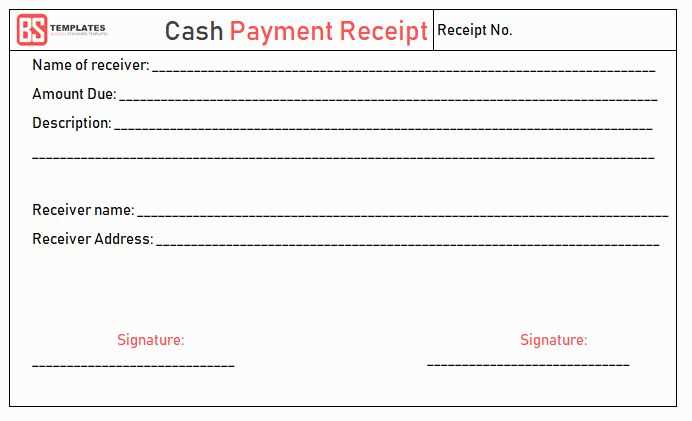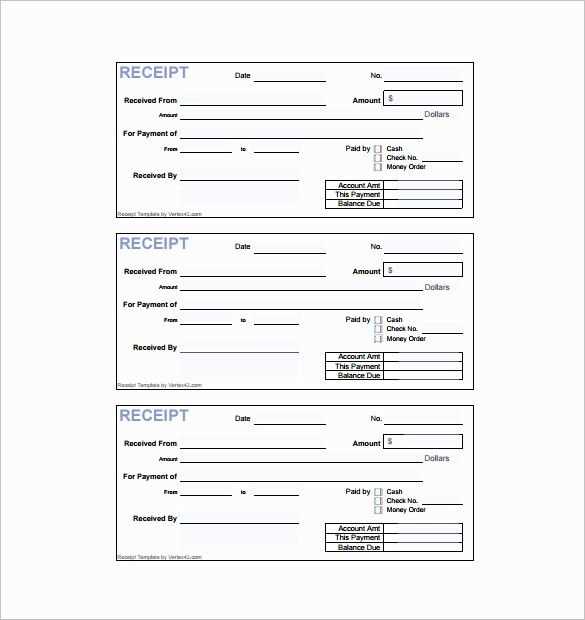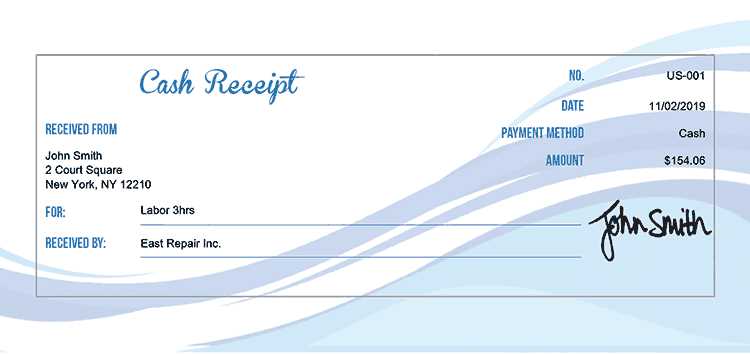
Basic Structure of a Payment Receipt

A well-organized receipt includes key details that make it clear and professional. Ensure it contains:
- Date: The transaction date.
- Receipt Number: A unique identifier for tracking.
- Payer and Payee Details: Names and contact information.
- Amount Paid: The exact sum received.
- Payment Method: Cash, credit card, bank transfer, etc.
- Description of Purchase: A brief summary of what was paid for.
- Signature (Optional): A confirmation from the issuer.
Editable Template Example

Use this simple format for a quick and professional receipt:
Payment Receipt Date: [Insert Date] Receipt No.: [Insert Number] Received from: [Payer’s Name] Paid to: [Payee’s Name] Amount: [Currency & Amount] Payment Method: [Cash/Bank Transfer/Card] For: [Description of Service/Product] Signature: ________________
Best Practices for Clear Receipts

Keep receipts easy to read and well-formatted. Use consistent fonts, align information neatly, and ensure all key details are included. If issuing receipts digitally, save copies in PDF format to prevent alterations.
Simple Payment Receipt Sample
Key Elements to Feature in a Bill
Structuring a Receipt for Readability
Adapting a Receipt for Various Purposes
Include the payer’s and recipient’s names, transaction date, amount, and payment method. Add a unique receipt number for tracking and a brief description of the purchased goods or services.
Use clear headings, bold labels, and consistent formatting. Organize details into sections, ensuring easy reference. Keep the layout uncluttered, leaving enough space between elements for readability.
Adjust the format based on the transaction type. For retail, include tax details; for services, specify the work completed. If used for reimbursement, add approval fields. Ensure digital versions remain legible on various devices.


